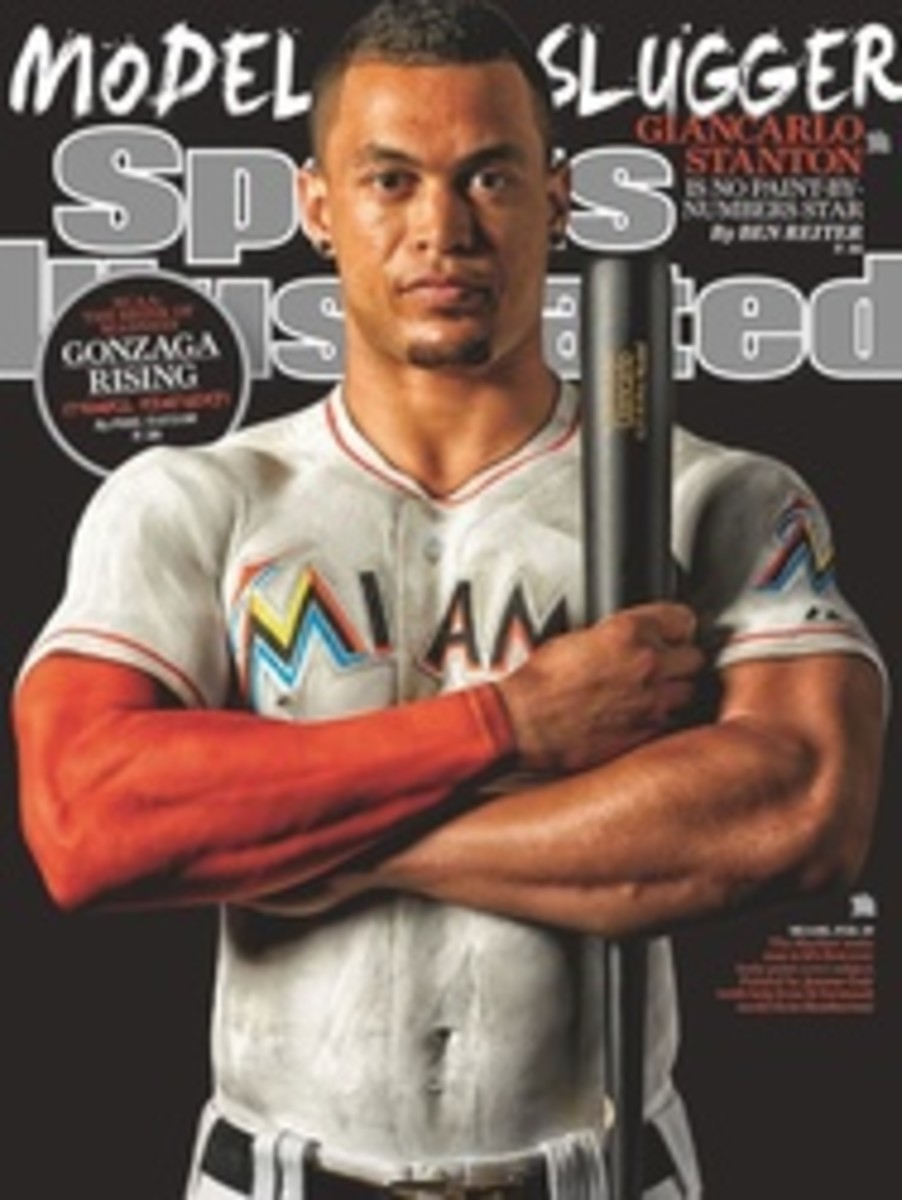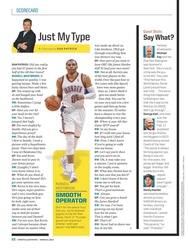
The Case for ... The Seller's Market
WHEN THE STARS traded defenseman Stephane Robidas (right) to the Ducks for a fourth-round draft pick before the 2014 trade deadline, Dallas GM Jim Nill provided a familiar explanation for the swap. "The move was designed to give Stephane a chance to get on a good team," Nill told The Dallas Morning News, "and this was the best option."
Teams out of contention often defer to a veteran's wishes. Robidas was a 37-year-old pending free agent who'd been injured for most of the season, but at the time of the trade the Stars were in eighth in the West and, stranger still, likely to face Anaheim in the first round. When that matchup did in fact materialize, Robidas played big minutes in the Ducks' Game 1 and 2 wins before fracturing his leg in Game 3. Anaheim held on to win the series in six but lost to the Kings in the next round.
Even more surprising than the trade was Nill's explanation: The Stars may have been a playoff team, but they were not "good." In a league in which an eighth seed had won it all as recently as 2012, this attitude amounted to heresy.
But Nill was right—bubble playoff teams should sell. More than any economic force, delusion drives the NHL trade deadline. Sixteen teams make the playoffs and half a dozen more are in the race up to their final games. The ones that really are "one player away" find themselves in bidding wars with teams that are several players and even more years from true contention. That the pseudocontenders are often worse talent evaluators (some coincidence, that) only compounds the situation.
To observe this phenomenon, simply compare a player's value at the deadline with his value after the season. Last year the Avalanche traded a second-round pick to the Flames for goalie Reto Berra, to serve as a backup to their backup. Colorado lost in the first round (Berra, of course, didn't play), and when Berra hit the open market, the NHL shrugged. The guy who had seemed worthy of a second-rounder four months earlier re-signed with Colorado for a paltry $1.5 million.
In 2013 the Penguins traded two second-round picks to the Sharks for then 33-year-old defenseman Douglas Murray. After the Bruins swept Pittsburgh in the Eastern Conference finals, Murray signed a $1.5 million deal with the Canadiens, his last NHL gig before tumbling to the German league this season.
In each case the GM thought he was bringing in a player who would help his team lift the Cup; in reality he was trading a bit of the future for a guy who was redundant at best. There are exceptions of course—last year the Kings, the No. 6 seed in the West, put themselves over the top with the deadline acquisition of right wing Marian Gaborik from the Blue Jackets—but teams that fail to grab a star like Gaborik often settle for much less while giving up too much. For the most part only the top six or eight contenders should consider buying.
That's especially true this year. In a draft that features two superstar talents at the top—the Erie Otters' Connor McDavid and Boston University's Jack Eichel—and depth throughout, borderline playoff teams should be jumping at the chance both to improve their draft position and to stockpile second-round choices.
So before any GM sends a second-round selection to the Maple Leafs for center Daniel Winnick—looking at you, Flames and Panthers—he should instead consider shipping out his own impending free agents. Those fringe players will be available after the season, when no one wants them again.
Bubble playoff teams should sell. More than any economic force, delusion drives the NHL trade deadline.
PHOTO
JEROME MIRON/USA TODAY SPORTS

